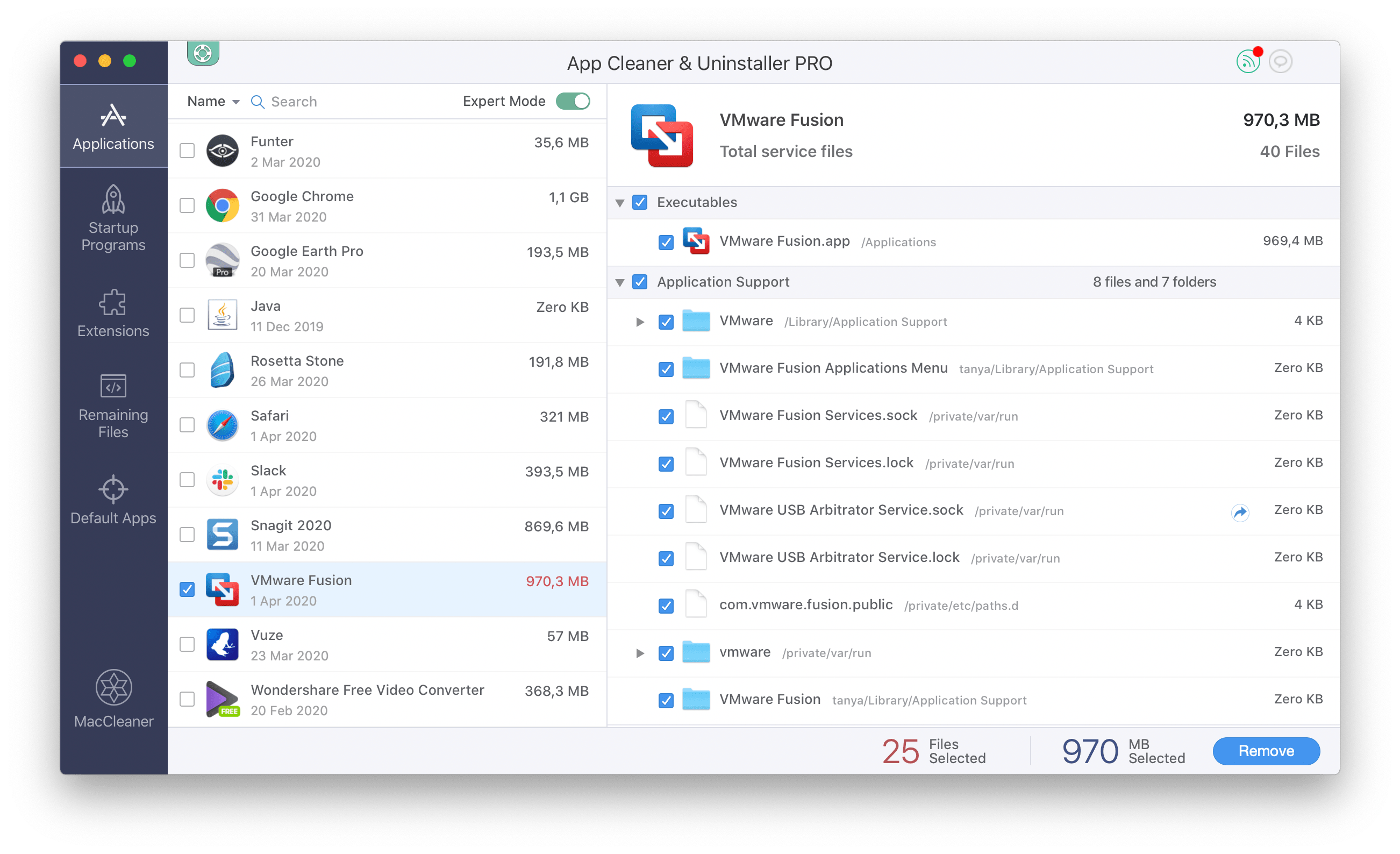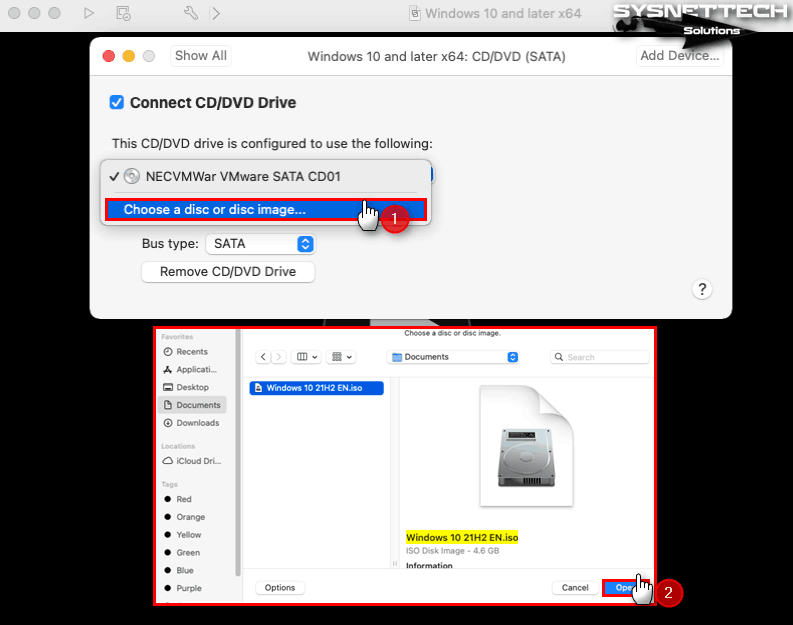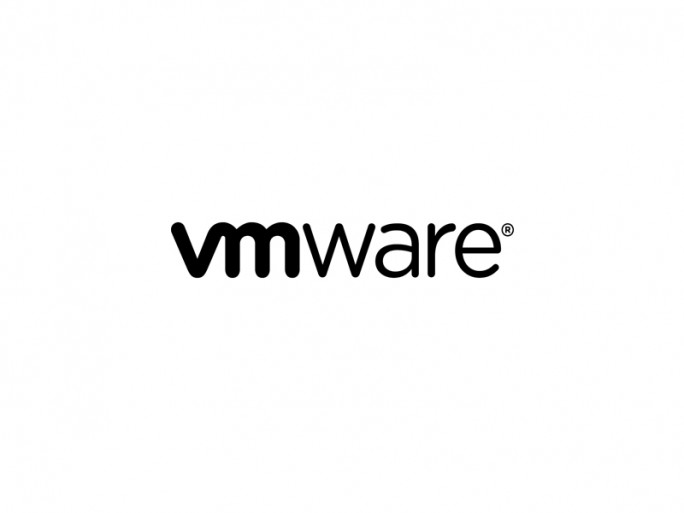

Hyper-V does not use the same emulated devices as VMware. Thus, some devices might change after conversion from a physical machine to a VM or after converting between hypervisor platforms.

Hardware virtualization works by emulating computer hardware to ensure that VMs function properly. Alternatively, you can customize Windows-based virtual machines in the Conversion or Configuration wizard of VMware vCenter Converter and alter the parameters. To avoid this, you should disconnect the source VM from the network before powering on a VM created by the converter. Network conflicts might arise if the IP addresses, computer names, and SID values are the same. Parameters Not Changed During Conversionīy default, the following parameters are not changed by VMware vCenter Converter:Īccordingly, running both the source and target machines in the same network can cause troubles. VM snapshots are not transferred from the source VM to the target VM. MBR disks, GPT disks, basic volumes and dynamic volumes are supported. volumes mounted by Device Mapper Multipath in Linux.GPT/MBR hybrid disks (GUID Partition Table/Master Boot Record hybrid disks).VMware vCenter Converter does not support the following source disks/volumes: If you want to convert running Hyper-V VMs (or VMs running on other hypervisors, such as KVM or XEN), you should use VMware vCenter Converter in the same way as described above for converting running physical machines.ĭata copying can be disk-based or volume-based. Hyper-V VMs only in powered off state can be converted. The VM is ready to work as normal as soon as it is restarted.įor converting Hyper-V to VMware VMs, the agent is installed on the Hyper-V Server during the process of configuring the conversion job. The data is copied from the source Linux machine to the helper VM, and when the process is complete, the helper machine becomes the destination machine. At the moment of creation, the helper VM is empty and boots from a Linux image. A connection with the physical Linux machine is established via SSH (Secure Shell).

When a physical machine running Linux must be converted, the agent is not installed on Linux instead, a special empty helper VM is deployed on a destination host. The client interface provides access to Conversion and Configuration wizards. The client provides a user interface, is used for connecting to a local machine or a remote machine where a converter is running. The server performs the conversion process, and the worker is always installed with the server component. The snapshot technique is used to preserve data consistency.
#UNINSTALL VMWARE FUSION 8 WINDOWS#
A snapshot is created on the running source Windows machine when conversion starts. The agent can be deployed on source physical machines running Windows or on the Hyper-V hosts. The VMware vCenter Converter can be viewed in terms of its components: the client, the agent, and the server, which includes a worker. Destination virtual machines can be of the VMware ESXi format or the VMware Workstation format (the latter of which can also be run in VMware Fusion and VMware Player). Both local and remote Windows machines can be converted. Linux machines must be converted remotely, because the converter can only be installed on Windows. VMware vCenter Converter can be used for converting physical machines running Windows or Linux. The table below displays the types of machines that can be converted to VMware formats. Post-conversion VM configuration can be also performed with this tool. This might be useful if you need to regulate the speed running tasks, for example. You can set the number of tasks to run concurrently in the options of VMware vCenter Converter. The solution can help you automate your conversion process by creating multiple conversion tasks that can be executed in priority order (tasks with a lower-numbered job IDs are run first). VMware vCenter Converter components can only be installed on Windows operating systems. DISCOVER SOLUTION Review of VMware vCenter Converter Optionsīefore you convert Hyper-V to VMware VM, let’s review the VMware vCenter Converter options.


 0 kommentar(er)
0 kommentar(er)
